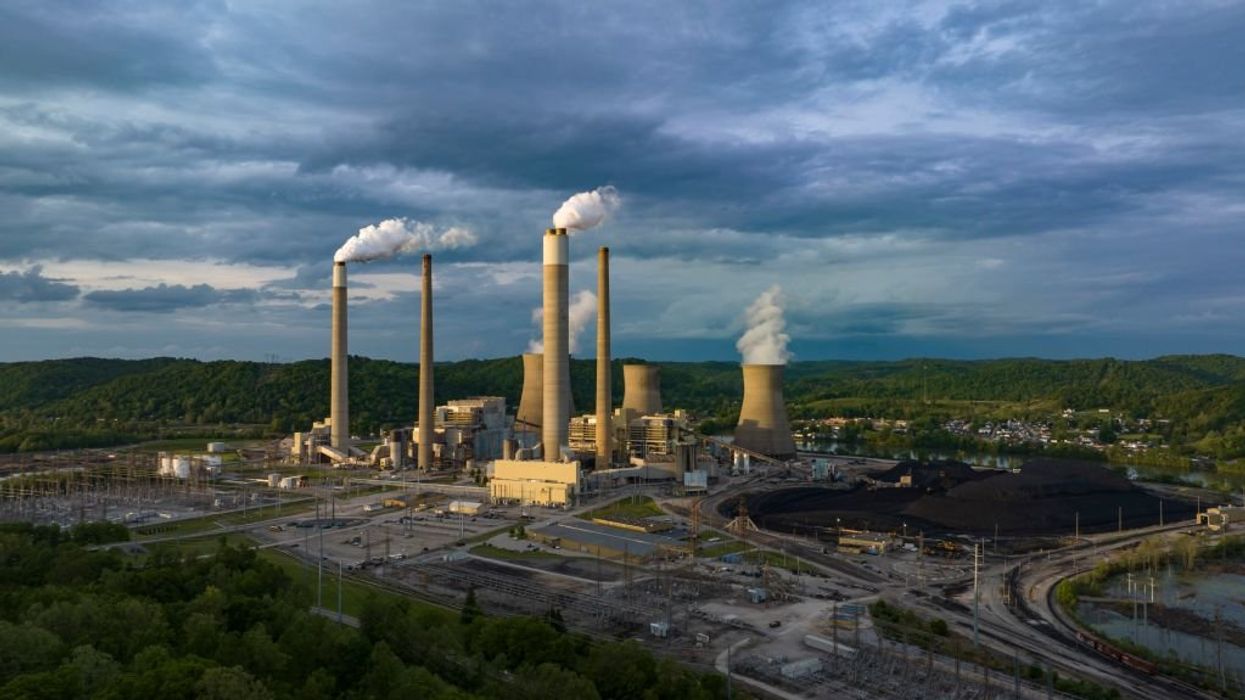Well, America, we made it through the first and potentially only presidential debate between Vice President Kamala Harris and former President Donald Trump.
Going into the contest, which took place Tuesday night on ABC News, Harris had a higher bar to clear. She is still an unknown to many voters while Trump has a record as president and 100 percent name identification.
She failed.
The first question of the night, which was one of the few economic or substantive inquiries from highly biased “moderators,” was directed at Harris. She was simply asked, are we better off economically than we were four years ago? Less than five minutes into the contest, with 67 million people watching, she immediately dodged.
“So, I was raised as a middle-class kid,” Harris said. “I believe in the ambition, the aspirations, the dreams of the American people. And that is why I imagine and have actually a plan to build what I call an opportunity economy.”
Meaningless.
Since being anointed the next Democratic nominee in August, replacing a beleaguered President Joe Biden, Team Harris has desperately tried to walk back the far-left positions Harris openly held during the 2020 presidential election cycle — these are the same positions that tanked her campaign, forcing her out of the race before the first votes were cast in Iowa.
Despite saying there is “no question” she’s for completely banning fracking, she now says she wouldn’t “ban it as president.” She’s flip-flopped on her electric vehicle mandate, a promise to make private health insurance illegal and much more. It’s still unclear whether she still believes in taxpayer funded sex change operations for illegal immigrants or decriminalizing all drugs — including fentanyl — as she openly confirmed on a 2019 candidate questionnaire from the ACLU. Those positions are so wild and out of touch, her people are treating the questionnaire like Hunter Biden’s laptop and pretending it doesn’t exist.
After 90-minutes of a 3-1 debate contest against former President Trump, Harris’ positions on key issues — most importantly the economy — still aren’t clear, and undecided voters aren’t convinced.
Kamala Harris has become the perfect example of “Stranger Danger.” She’s attempted to wipe her political slate clean, but won’t give details about what will replace the emptiness everyone can glaringly see. It’s a dark abyss, and people are skeptical about jumping into her new “pragmatic” stance.
“I don’t think she’s abandoning her [leftists] ideals,” Socialist Democratic Senator Bernie Sanders said during a recent interview with NBC News. "I think she’s trying to be pragmatic and doing what she thinks is right in order to win the election.”
Harris wants voters to trust that her vague economic plans will be better than the concrete, tangible and lived experience Americans had during the Trump administration. That’s a lot to ask. Or, she’s still married to the policy positions that even Democrats found so extreme just four years ago they prevented her from entering the Oval Office as commander-in-chief. These are all bad, dishonest options. Kamala Harris has turned herself into a stranger, and strangers can be very dangerous.















